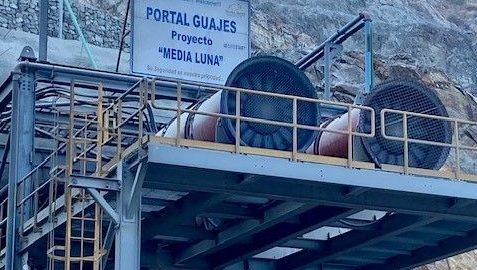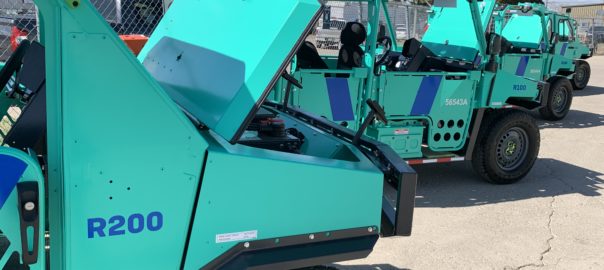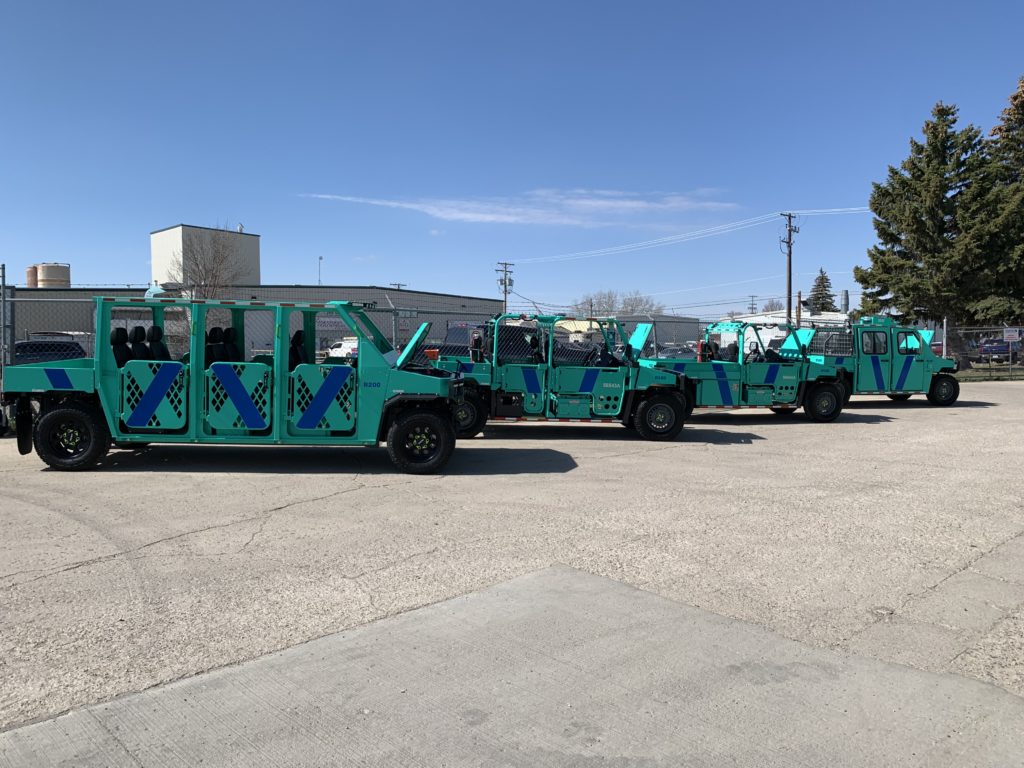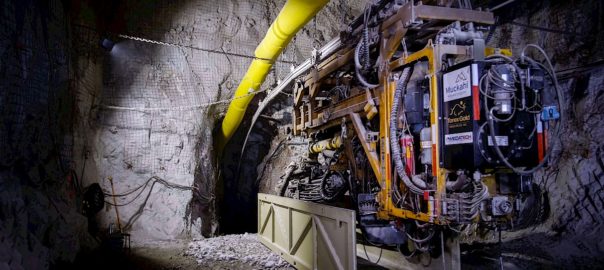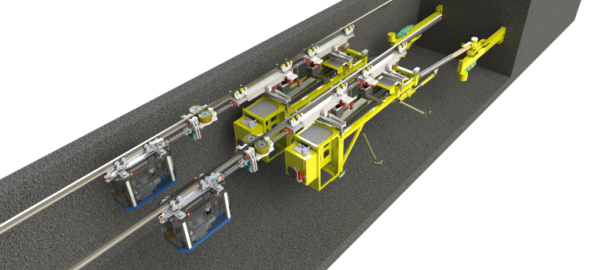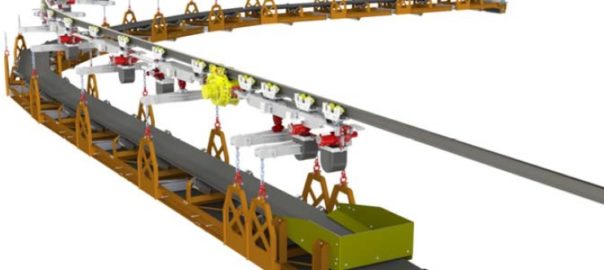Torex Gold Resources Inc has announced the successful breakthrough of the Guajes Tunnel at its Media Luna Project in Mexico, ahead of schedule.
The Guajes Tunnel unifies the Morelos Complex by connecting the existing operations on the north side of the Balsas River with the growing resource base of the Media Luna Cluster on the south side.
Jody Kuzenko, President and CEO of Torex, said the breakthrough represents a critical milestone in the development of the Media Luna Project, which remains on track for first concentrate production in late 2024.
“The Guajes Tunnel will be the primary conduit for transporting ore and waste from the Media Luna deposit on the south side of the Balsas River to the processing plant on the north side and will materially improve efficiencies associated with the movement of employees, contractors, equipment, services, and supplies between both locations.
“Breakthrough of the Guajes Tunnel was achieved three months earlier than scheduled in the March 2022 Technical Report, primarily driven by the world-class advance rates achieved by our team. Rates north to south have averaged 7.1 m/d since the start of the year, including a record average advance rate of 8 m/d in November. The advance rates are truly impressive considering the dimensions of the tunnel are 6.5-m high by 6-m wide and that secondary development and installation of services have kept pace with overall tunnel progress.
“We expect to commence anchor bolting for the 7-km overhead conveyor in early 2024, which will pave the way for the installation and then commissioning of the conveyor in August 2024 well ahead of completing the necessary upgrades to the processing plant.
“I would like to personally thank all employees, contractors and suppliers involved in driving the Guajes Tunnel for achieving this significant milestone safely and ahead of schedule.”







